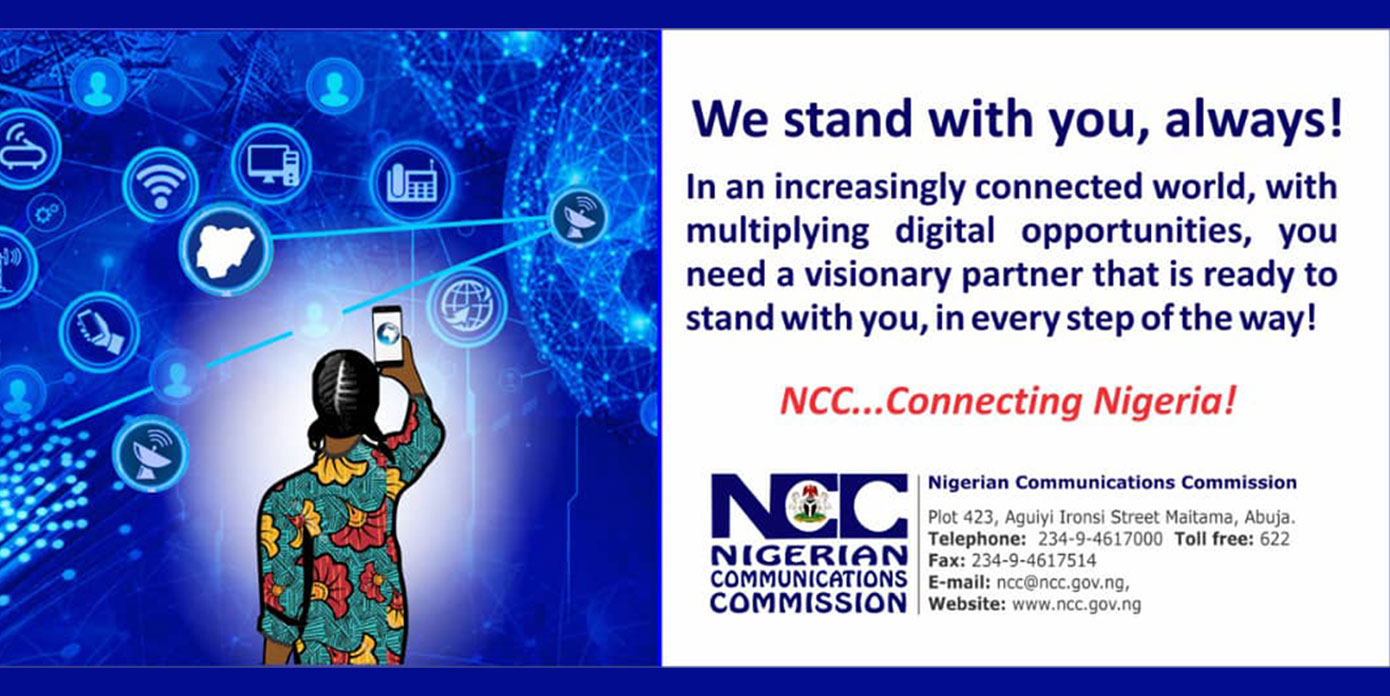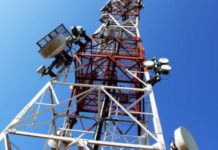The telecom industry, in the past five years, is one of the very few that has insulated itself from the scathing criticisms of those who think not much has come from the president Mohammadu Buhari’s government.
The sector’s impressive growth statistics and the stability of its flow of activities speak to this truth, achieved, no doubt, by the effective regulatory environment created by the professor Umar Danbatta management, which came on board nearly five years ago.
In the first place, the sector’s contribution to gross domestic product (GDP), which increased from 8.50 percent in August 2015 to 11.39 percent as at October, 2019, has impressed watchers of the economy.
This sector’s positive GDP contribution to the economy was followed by an equally impressive rise of active mobile voice subscribers from 151,018,624 to 2015 to 180,386,316 during the same period, while teledensity increased to 94.50 percent following its rebasing in early 2019.
Internet subscribers’ performance followed in the same trajectory shooting from 90 million in 2015 to 123.5 million by October, 2019, while broadband penetration jumped from 8 percent to its current 37.87 percent, indicating a total of 72,289,389 Nigerian access data services on 3G and 4G networks.
The number of subscriptions to Mobile Number Portability (MNP) service increased from 385, 617 in August 2015 to 1, 206,874 by October, 2019. The increase in MNP is instructive,
This is attributable to increased public enlightenment by the Commission’s head office and its zonal offices across geo-political zones on the on the availability and usage of MNP. Similarly, the total number of telecoms subscribers that have subscribed either partially or fully to the Do-Not-Disturb (DND) service introduced by the Commission – to curb cases of unsolicited text messages – increased from level zero to 22,356, 919 currently.
In 2013, when the broadband penetration target was unveiled not many were optimistic that the target would be met. Indeed, the uptake in the first two years of the target life span was sluggish.
But following the painstaking implementation of the 8-Point Agenda, the country achieved and surpassed its broadband penetration target of 30 percent by the end of December 2018.
The implementation of the Agenda gained such momentum in the past three years that broadband penetration further increased from 32.34 percent (indicating 61,732,130 Nigerians on 3G and 4G networks) to 37.87 percent (indicating 72,289,389 on 3G and 4G networks) between January, 2019 and October, 2019 respectively.
With increase in broadband penetration being recorded on a monthly basis, the Commission is well positioned to support the actualisation of the country’s digital economy policy strategy, as unveiled by the Federal Ministry of Communications and Digital Economy late 2019.
Just recently, the new National Broadband Plan Committee was inaugurated by the Minister Federal Ministry of Communications and Digital Economy, Dr. Isa Pantami, with the national mandate to come up with the new broadband target for 2020-2025.
Danbatta, who spoke at a forum recently noted that Nigeria’s thirst for data has grown in significantly, largely to the generational change of telecommunications from the use of voice-dominated technologies (1G and 2G) to today’s data dominated technologies of 3G, 4G and even the much-talked-about 5G. According to him, without doubt, more virtualised engagements are happening online and will continue to be, as it does appears the citizens have an insatiable need for data.
“Nigerians need robust and pervasive broadband connectivity more than ever before in today’s world, where people can easily interact with an Automated Teller Machine (ATM), carry out activities around e-commerce, e-government, and telemedicine, among others on a daily basis in a much seamless manner, thereby boosting their efficiencies,” Danbatta had said.










